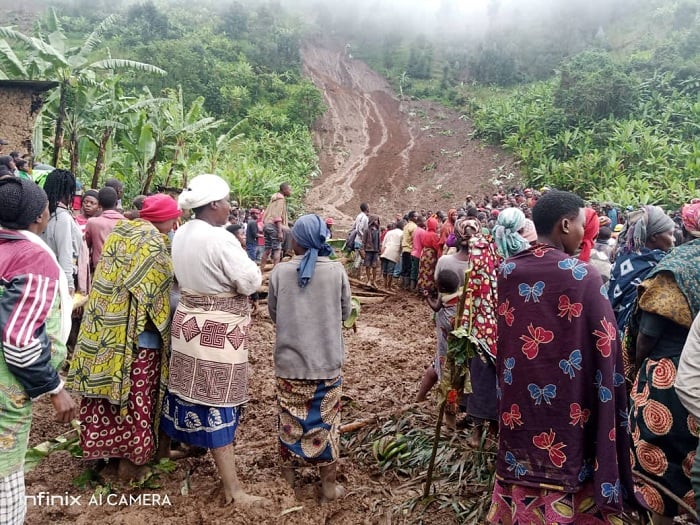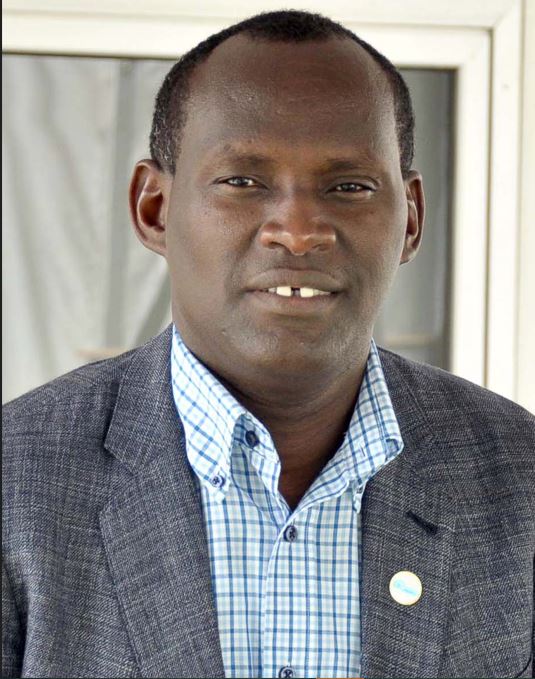
Landslide in Rutsiro early May
Early May countries of Great Lake Region were slapped by calamities where 135 deaths were recorded in Rwanda 400 deaths in Democratic Republic of Congo and six deaths in Uganda.
Heavy rains in recent days have also brought misery to thousands in parts of Uganda, Burundi and Kenya.
Not only deaths but also many other properties including infrastructures, houses, domestic property, commercial stocks, animals and crop fields were damaged by the unusual flood and landslides that hit the Great Lake region.
According to the Ministry in charge of Emergency Management in Rwanda (MINEMA), 9,231 people have been displaced by the disaster, 5598 houses collapsed, 14 roads damaged, 12 power plants and eight Water treatment plants were also affected.
El Niño is a climate pattern that describes the unusual warming of surface waters in the Eastern Tropical Pacific Ocean, and this unpredictable warm ocean surface which warms the atmosphere.
That phenomenon allows moisture-rich air to rise and develop into rainstorms.

Rwanyiziri Gaspard
In an exclusive interview, May 13, Gaspard Rwanyiziri, a Senior Lecturer of Geographical and Environmental Sciences at University of Rwanda told KT Press that the origin of it all, was an El Niño climate pattern.
“Normally El Niño causes unusual rain. Imagine when they reach the country during the rainy season which was our case. It even becomes worse,” said Rwanyiziri, “So, additional rain befell us and it resulted in deadly floods and landslides.”
He advised that for proper preparedness, the weather forecast information should well package and properly disseminated to make sure that it is user friendly, understandable to whom is concerned.
This can be done by empowering the disaster management team.
“We have a good number of Climatology, Water engineering, Physical Geography graduates. All of them need to be placed especially in the Congo Nile divide to initiate the citizens to the forecast litteracy, so that they can properly use the data,” he said.
In a similar effort, he is of a view that a directorate of disaster management, the Rwanda Environment Management Authority(REMA) and meteo Rwanda should merge to avoid gaps in disaster preparedness and response.
The last time heavy wind affected the region was in 2020 when 80 people died following landslides and floods while 120 people perished in DRC and 194 in Kenya.


